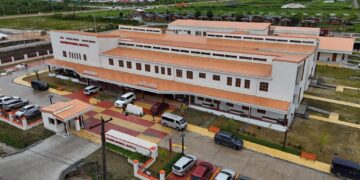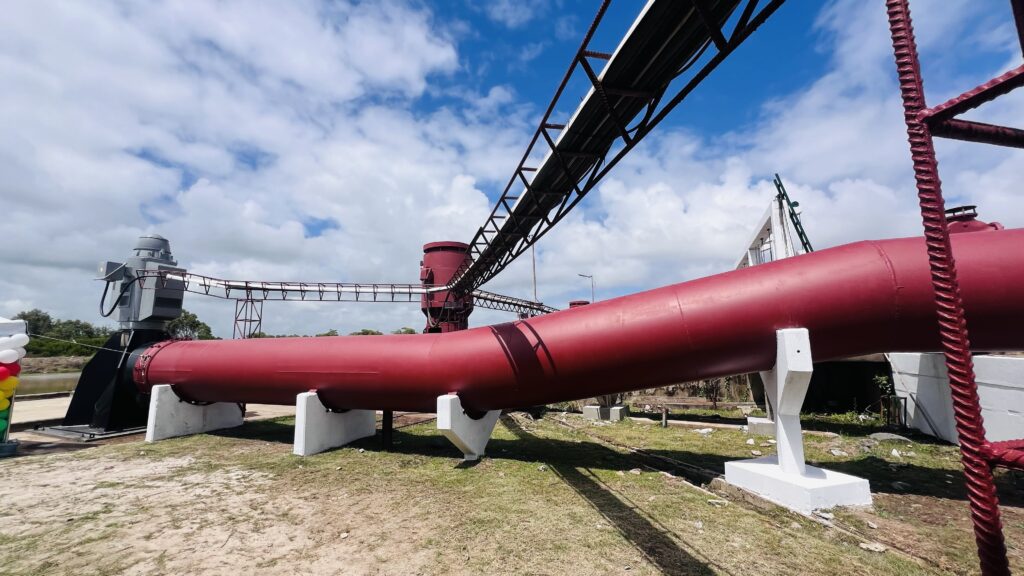
The Government of Guyana, through the Ministry of Agriculture, continues to address the needs of residents across the country, particularly farmers. Earlier today, a state-of-the-art $191,447,700 pump station was officially commissioned at Trafalgar, Region Five, signaling a significant investment in the region’s agricultural infrastructure.
The new pump station will directly benefit 13,000 acres of land, primarily rice fields and livestock pastures, which are vital to Region Five’s agricultural economy.
During the commissioning ceremony, Minister of Agriculture, Hon. Zulfikar Mustapha, highlighted the project’s scope and importance. The initiative includes a new 200-cusec pump, a 750 KVA generator, and extensive rehabilitation of three existing pumps at the Trafalgar Drainage Pump Station.

Minister Mustapha noted that the investment reflects the People’s Progressive Party/Civic Government’s commitment to supporting farmers and ensuring efficient drainage and irrigation systems across the country.
“ What we are doing now in this country, we are building a comprehensive drainage system so that we can make these facilities more in line of what we want to do a vision that our government has.” Minister Mustapha stated.
He further noted that similar projects are underway across the region, including ongoing works at Cottage, which are approximately 75% complete.
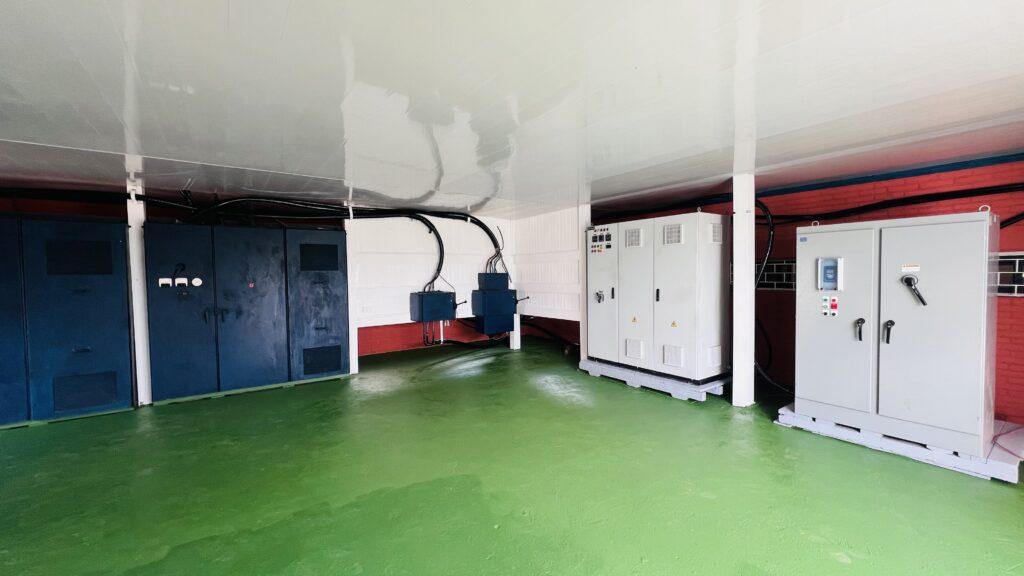
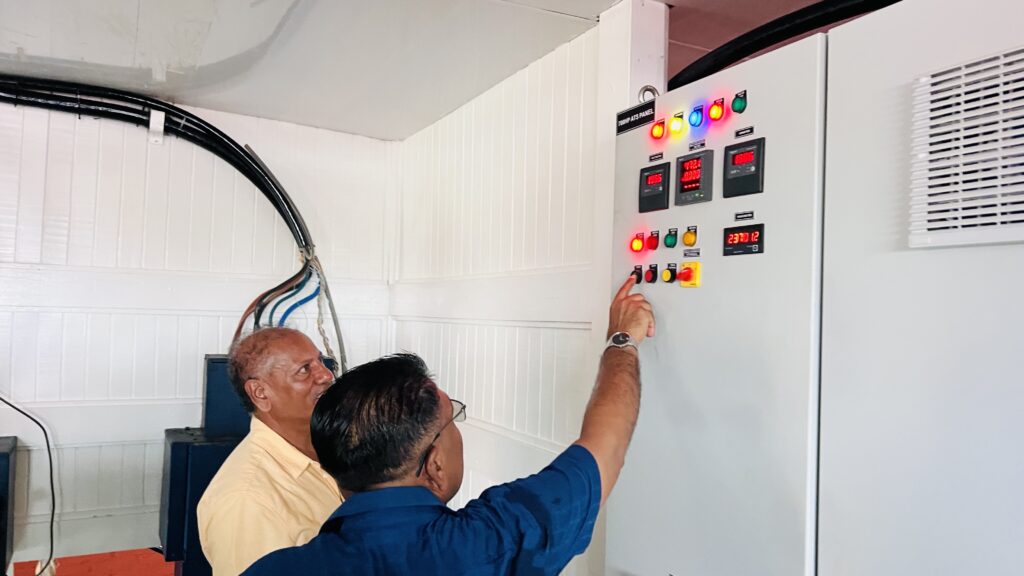
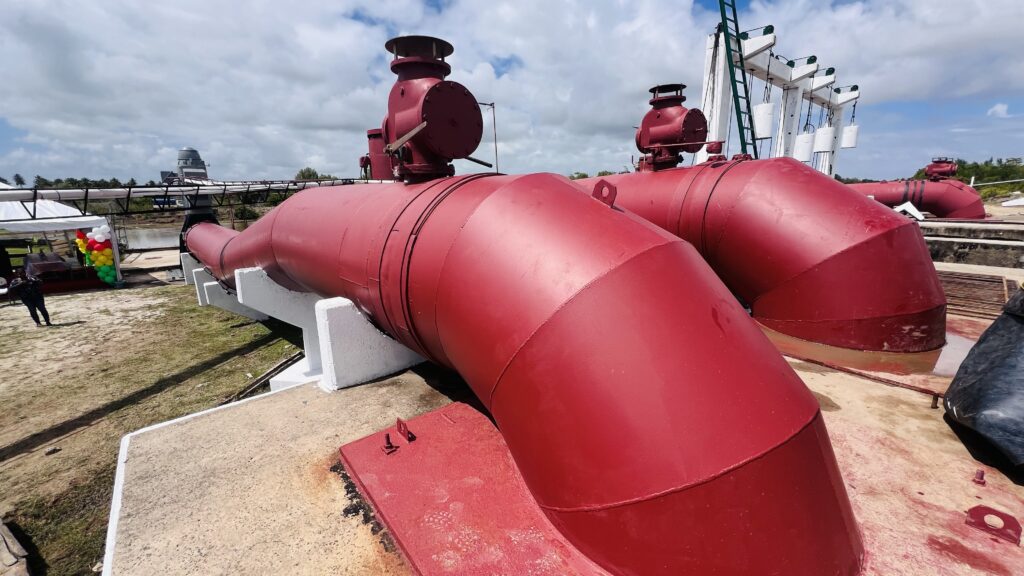
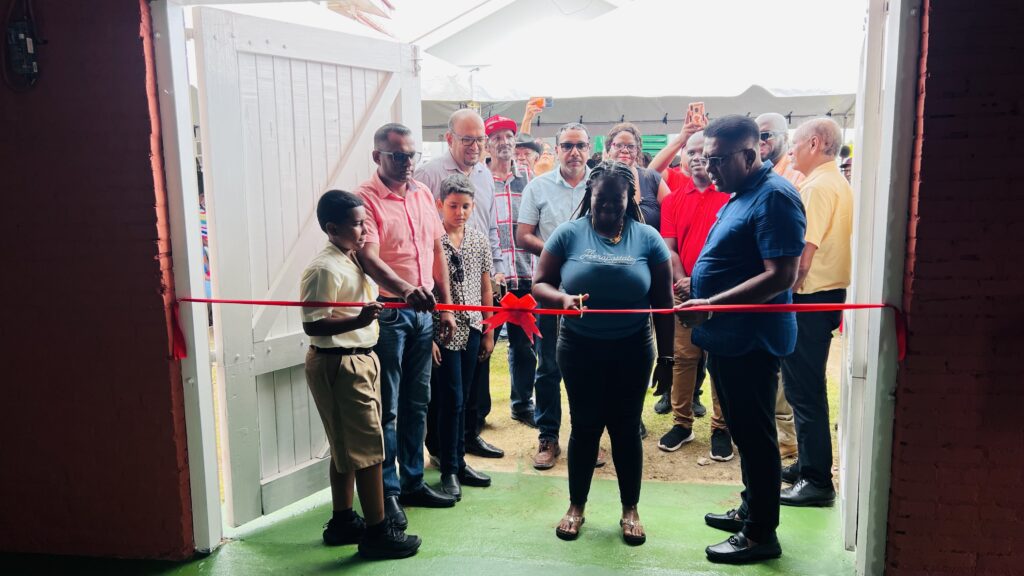
The Trafalgar station is now outfitted with four electrically driven pumps, comprising two 150-cusec pumps and two 200-cusec pumps. Together, these pumps can drain 700 cubic feet of water per second (or 314,182 gallons per minute), providing substantial relief to the Mahaica-Mahaicony-Abary (MMA) scheme and surrounding areas prone to flooding.
Minister Mustapha also revealed that in Budget 2025, the agriculture sector was allocated $104.6 billion, of which $73.3 billion is earmarked for the continued expansion and upgrading of the national drainage and irrigation network.

Region Five Chairman, Vickchand Ramphal, described the new pump station as a transformative addition to the region’s agricultural landscape, noting its critical role in boosting productivity and enhancing the livelihoods of farmers.











